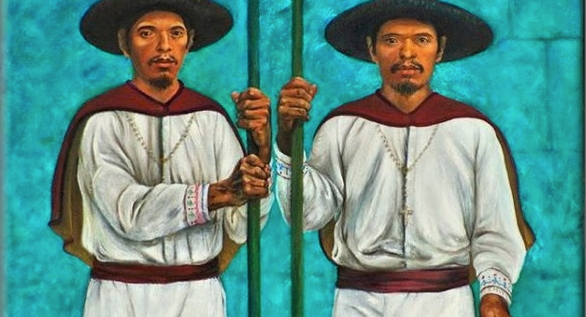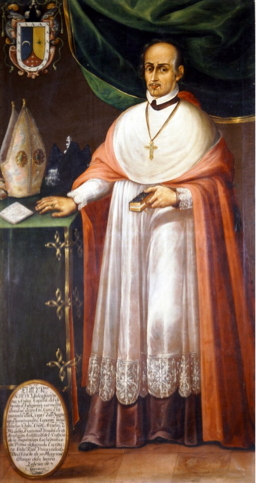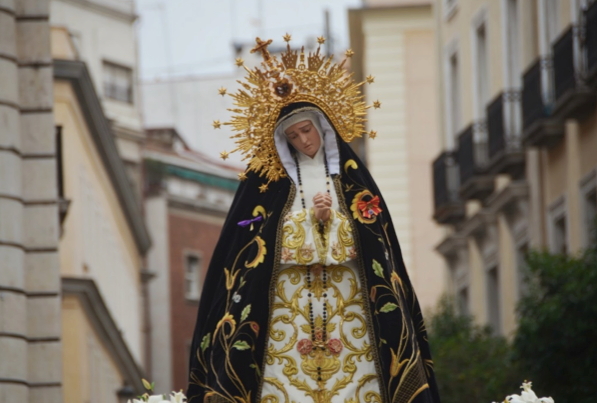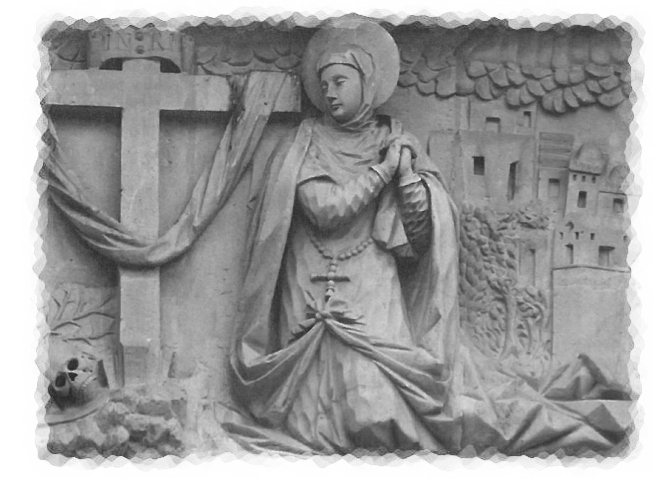 |
Mexico August 1, 2002, Don Juan Bautista and Jacinto de los Angeles, two Zapotec men, husbands and fathers are beatified by the Catholic Church, three centuries before they sought refuge in the back part of the house and church Dominica of San Francisco Cajonos, a few hours before being lynched and killed by his fellow citizens.
|
A complete understanding of this mutiny and its legal and punitive aftermath between 1702 and 1706 requires an analytical stance that approaches indigenous local devotions as independent social and symbolic phenomena that were coarticulated in different Ways with the colonial regime.
Bishop Isidro Sariñana and Cuenca faced indigenous apostates by creating a permanent inmate of "Masters of Idolatries" and idolatrous idolaters that would be conceived as the "perpetual prison of Idols." This bishop probably found inspiration in two precedents established in both the New Spain and Peru.
Otálara was the most visible and decisive figure in promoting the devotion of solitude at the end of the 17th century, this would not have been possible without the support of the people with whom it was linked, especially its executor who continued with the social ties Otalorianos and could make notable traders contribute part of their flows to sustain the Marian devotion of Oaxaca. Pedro de Otálora of quiet, patient and calm character made him understand, already from his parish in Ozolotepec, where he confronted the problem of idolatry, that, his role of authority and judge in the moral aspect, the correction of his sheep was not possible through the Punishment or fear, but it was better to foster divine worship with works of decorum, as the things the church needed. | 
|
|
Otálora as a promoter of cult images, is unparalleled in Oaxaca, at least in the 17th century. The character knew very well that the images fulfilled an important task in the Society of Antequera of its moment, therefore it did not hesitate to promote the message of consolidation of power that there were in them; To record his work in the diocese and the lineage of "Otálora" he ordered his shield to be doubled on the cover and in the apse of the main altar, thus leaving a memory of his material works.
|
 |
The project of Solitude is likely to have been projected by an architect from Puebla de Los Angeles, as Otálora had a predilection for them. When looking at the building and its construction there is no doubt that there is "a homogeneity, a project unit that is not seen frequently" (Mullen). That is to say, a program that includes from the place of its location, the sanctuary, convent and cover. Everything can be interpreted by means of the architectonic plant in the form of a cross, if one observes from the front we can see that on the left side, tremendous buttresses were placed, whereas, on the right, the rocky area attached to the convent of Agustinas is also being used as buttress. Finally the concave cover distributes the thrust of the ship's vaults.
|
|
The high choir at the entrance indicates the intention of being used by the nuns to pray the prime hours and from there to see from the front of the image. But also, they would observe the procession of the image and its exit on the left side of the sanctuary during Holy Week. In other words, we are in front of a shrine church built to work in conjunction with the convent.
|

|

|